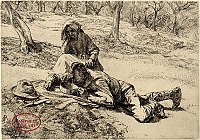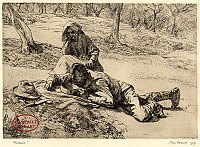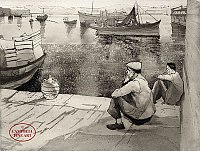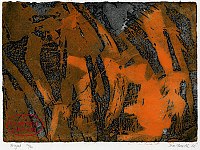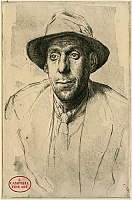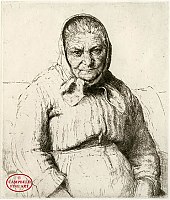 |
|
Hubert Andrew Freeth1912 - 1986 |
|
|
Click on a picture for more details |
|
|
The marvellous portrait etchings of H.A. Freeth rank amongst the finest printed portraits of the period. Unlike his elaborate figure compositions, which were based upon numerous preparatory drawings, Freeth’s portraits were invariably etched directly onto the plate. The spontaneity which this direct approach produced is immediately apparent, and seems to have enabled Freeth to convey perfectly his penetrating insight into the character of his sitters. A close friend and exact contemporary of R.T. Cowern, H.A. Freeth began etching at Birmingham Art School in 1931. By the early 1930’s it had become uncommon to issue full formal editions immediately from etching plates, due to the poor state of the commercial etching market. Consequently, Freeth appears to have taken impressions from a plate only when desired and it is this practice which may account for the comparative rarity of his etchings today. [more] |
